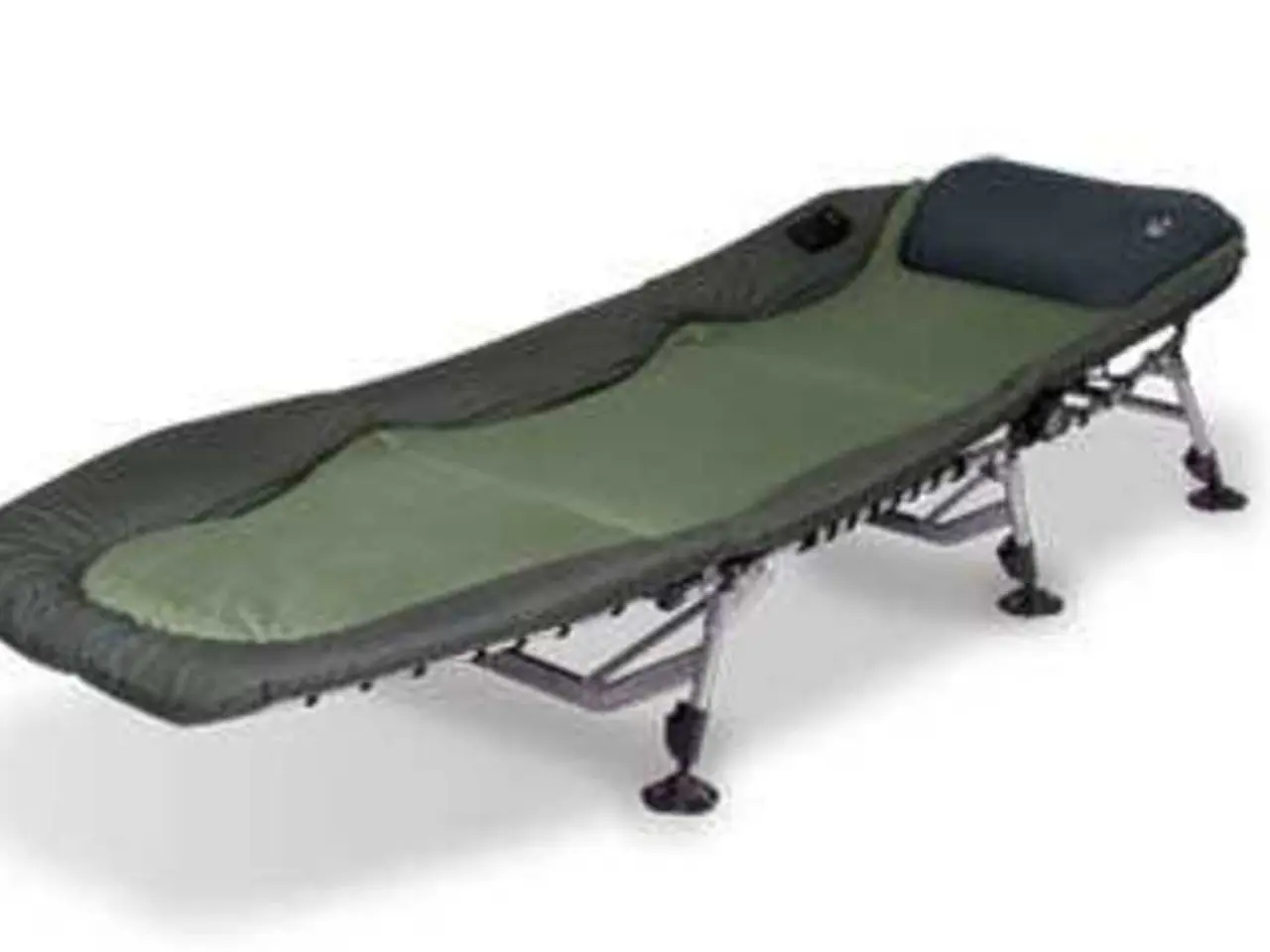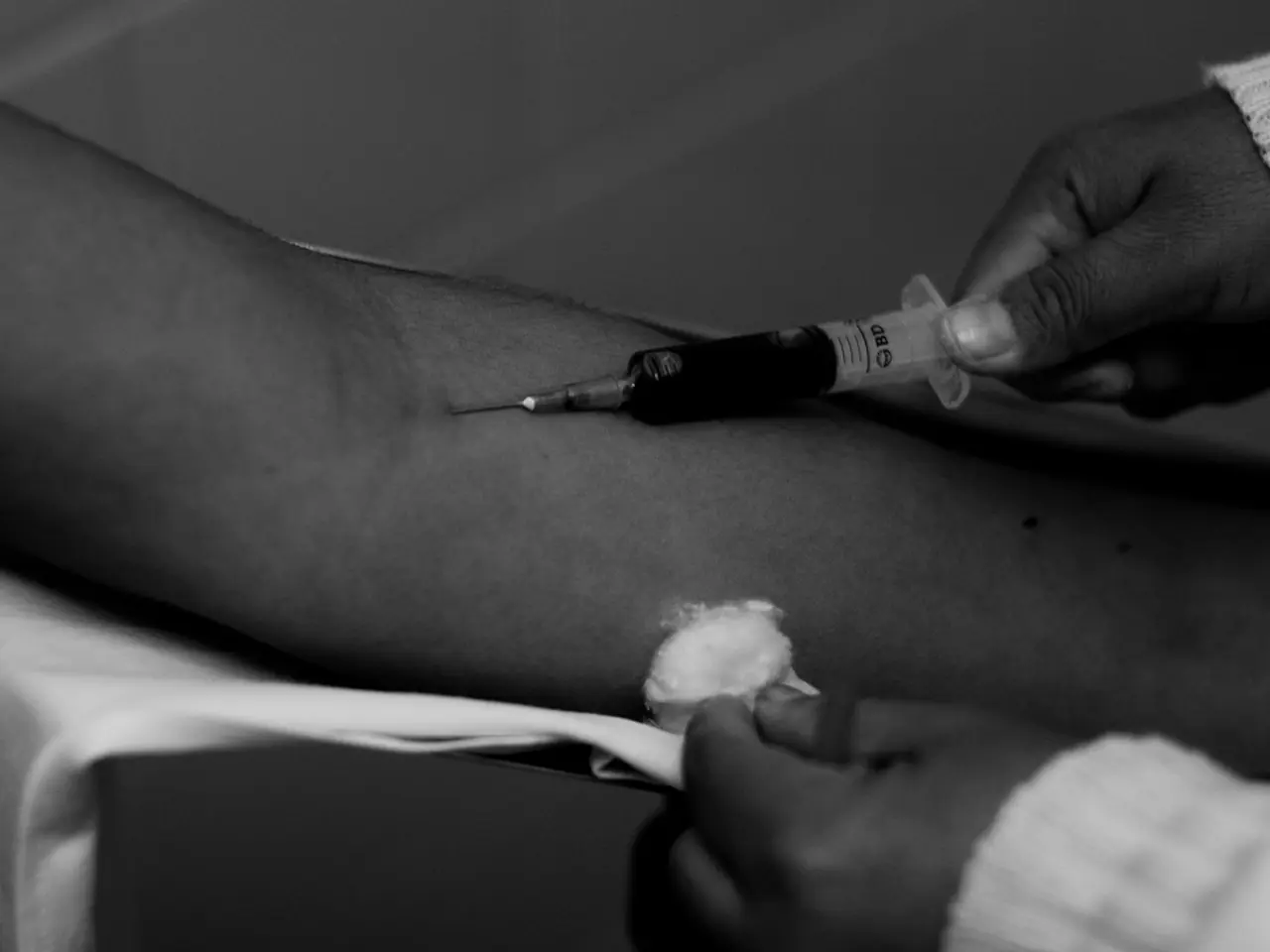Enhancing the firmness of loose skin: A guide for individuals.
In the pursuit of maintaining a youthful appearance, skin sagging can be a concern for many. Fortunately, there are various methods to address this issue, ranging from lifestyle changes to medical treatments.
For those experiencing mild to moderate skin sagging, a combination of lifestyle adjustments and skincare routines can yield noticeable improvements over time. Regular strength training exercises, such as squats and deadlifts, help build muscle underneath the skin, providing natural support and a firmer appearance. Facial exercises, often referred to as "face yoga," can also tone facial muscles and subtly lift skin on the face and neck.
Maintaining a skincare routine that includes products containing peptides, hyaluronic acid, retinoids, niacinamide, and vitamin C can stimulate collagen production and improve skin elasticity. Adequate protein intake, essential for collagen synthesis, is another important nutritional strategy. Protecting skin from sun damage by using sunscreen is also crucial.
For more immediate or pronounced results, a variety of treatments are available. Minimally invasive options like dermal fillers made from hyaluronic acid, such as Restylane® and Juvederm®, replenish volume and stimulate collagen production, with effects lasting up to 18 months or longer. Advanced treatments combining radiofrequency with muscle stimulation, such as EmFace, have shown over 80% improvement in skin firmness at 6 months. Laser therapies, including fractional ablative lasers (e.g., CO2 lasers) and non-ablative lasers (e.g., SkinTyte IPL), promote collagen remodeling and skin tightening with varying downtime and efficacy. PDO thread lifts, using dissolvable sutures to lift sagging skin and induce collagen production, offer sustained improvement.
For severe skin sagging, some individuals may consider cosmetic surgery, but body contouring procedures are expensive and pose further potential risks. These procedures, which include facelifts, neck lifts, arm lifts, and tummy tucks, among others, require a significant amount of recovery time and may leave scarring.
It's important to note that skin sagging is a natural part of aging, due to reduced production of collagen and elastin. Pregnancy, significant weight loss, and high sun exposure, particularly UV light, can also contribute to sagging. Free radicals, produced by environmental factors like pollution and cigarette smoke, can prematurely age the skin and may contribute to sagging.
Antioxidants, found in a healthy diet and skincare products, help neutralize free radicals and prevent skin aging. Collagen supplements can help replace collagen that the body naturally loses and improve skin elasticity. Massage may improve blood flow and stimulate fibroblasts, which produce connective tissues that keep the skin firm.
In conclusion, for mild to moderate skin sagging, a combination of lifestyle changes, skincare, and non-invasive treatments can lead to meaningful improvements over months. For more severe laxity, minimally invasive or surgical procedures offer more dramatic and immediate results. It's always best to consult with a healthcare professional to determine the most suitable approach for individual needs.
- Psoriatic arthritis, a form of arthritis that affects the skin, can sometimes occur alongside skin sagging, requiring careful consideration from both science and health-and-wellness professionals when devising a comprehensive treatment plan.
- In the realm of health-and-wellness and skin-care, dermatitis, a term for inflammation of the skin, should ideally be treated and managed to ensure skin remains healthy and resilient against signs of aging, including skin sagging.
- Beyond addressing skin-sagging concerns in the pursuit of a youthful appearance, consumers seeking predictive health insights may discover connections between skin-care quality and atopic dermatitis symptoms, providing further motivation to invest in age-defying skincare routines.
- One of the key health benefits of antioxidants found in skincare products is their ability to help diminish the effects of environmental factors, such as pollution and UV light, thereby reducing the likelihood of skin aging and potential skin sagging.
- An interesting avenue of research in the health-and-wellness sphere lies in the investigation of the therapeutic effects of innovative antioxidant-rich ingredients, such as AQ-10, on the occurrence and progression of migraines, a potential contributor to bone and skin tissue deterioration.
- For individuals already dealing with conditions like psoriasis, a chronic autoimmune disease that causes skin dryness and scaling, it may be worth exploring the potential synergies between psoriatic skin care and the use of antioxidants to promote overall skin health and resilience against aging-related issues like sagging.
- In the quest to maintain a youthful appearance and address the various concerns related to skin aging, such as skin sagging, it's essential to consider the broader impact that skin care transcends – including mitigating health issues like depression and promoting holistic wellness.




